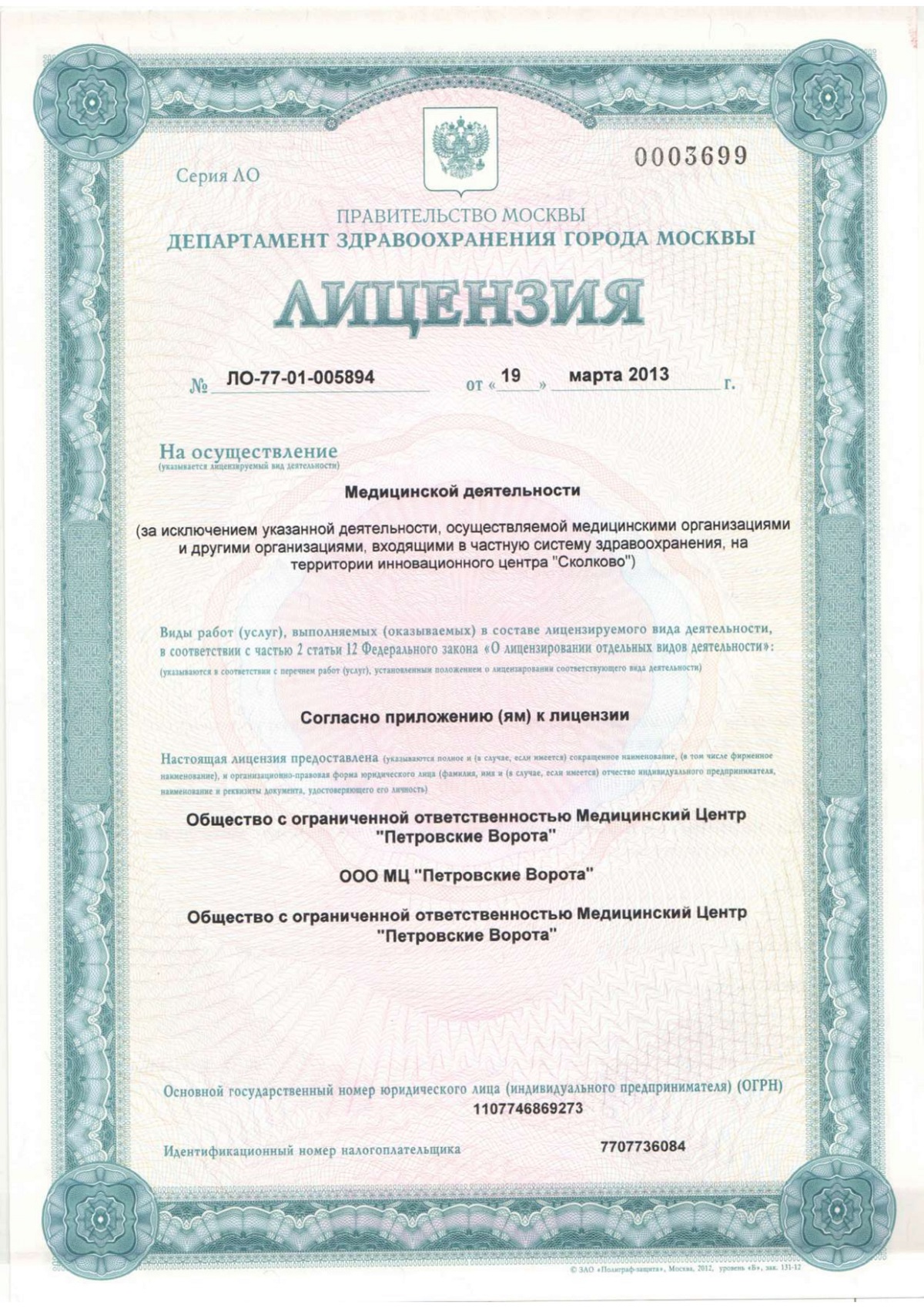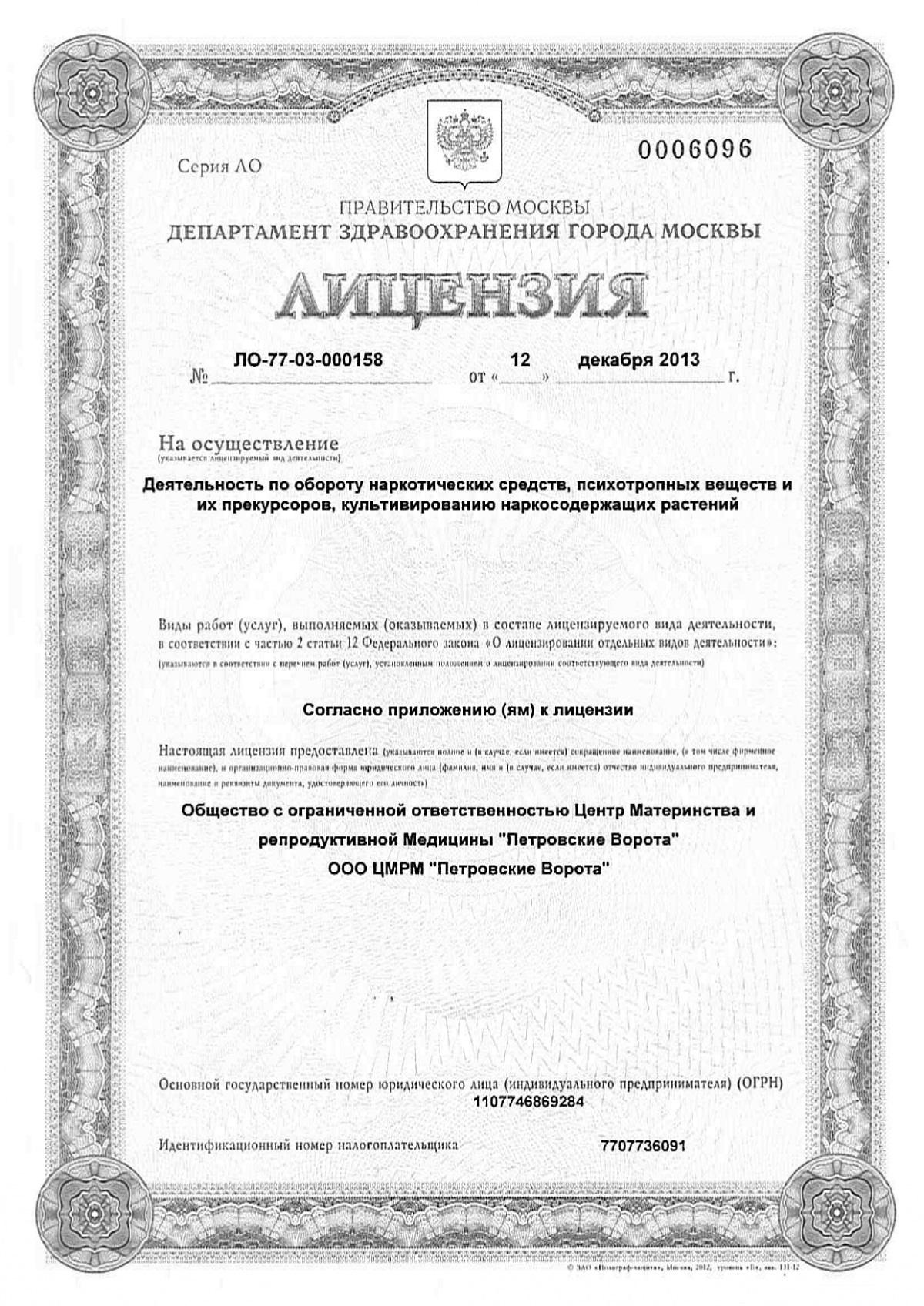Atopic dermatitis
At the K+31 clinic, our specialists perform a full range of procedures for diagnosing and treating the disease.

specialists

equipment

treatment
Atopic dermatitis is a chronic skin disease. It usually begins in childhood, although it can develop later in life. This condition is often associated with other allergic diseases such as asthma and allergic rhinitis.
Atopic dermatitis has a high degree of heredity. This makes it more likely in children whose parents also have atopic diseases.
Most cases of the disease appear in the first five years of a child’s life. About 60% of cases are diagnosed in infancy. Symptoms of atopic dermatitis range from mild to severe. In some cases, they decrease or disappear as the child gets older. However, many people live with atopic dermatitis throughout their lives.

- Immune disorders Changes in the immune system caused by various factors contribute to the development of AD.
- Ecological and climatic conditions Unfavorable ecology and climatic factors increase the risk of disease.
- Food Poor nutrition during pregnancy and early cessation of breastfeeding contribute to the development of hypertension in the child.
- Psychological factors Stress and neuropsychic overload also play a role in the occurrence of atopic dermatitis.
Types and danger to life

There are several forms of atopic dermatitis. Depending on the course of the disease, there are:
- Easy. Manifests itself in the form of minor rashes and itching, does not cause significant discomfort.
- Average. Symptoms are more severe, mild rashes and itching interfere with daily life.
- Heavy. Main characteristics: severe itching, widespread rash, significant impact on quality of life.
Atopic dermatitis can also be limited (skin lesions are localized in certain areas), widespread (rashes cover large areas of the body) and diffuse (rash is observed throughout the body).
It is also important to consider the nature of the rash when diagnosing atopic dermatitis. For example, the erythematous form (occurs in approximately half of all patients) is characterized by the appearance of blisters, spots and scales on the skin. The lichenoid form is manifested by severe dry skin and itching. The rash usually affects the skin of the elbows, neck, knees, as well as the upper back and chest. This form occurs in 20% of patients. The eczematous form is characterized by damage to limited areas of the skin. It occurs in 30% of patients.
Complications of atopic dermatitis vary depending on age. In infants, candidiasis and Kaposi's eczema are common complications. In older children, pathologies such as staphylococcal impetigo, molluscum contagiosum and chronic papillomatosis occur.
Adults more often suffer from dermatophytosis and pityriasis versicolor. In addition, during exacerbations of atopic dermatitis, infectious complications associated with scratching the skin often occur. Through them pathogenic flora penetrates the body.
Manifestations
In the first months of life, from approximately 7-8 weeks to two years, the disease manifests itself in the form of so-called infantile eczema. This condition is characterized by the appearance of red, swollen papules and plaques on the skin. They become crusty and wet. Typically these manifestations are localized to:
- Face (cheeks and forehead).
- Neck.
- Upper chest.
- The bends of the arms and legs.
- Back of hands.
Gneiss forms on the child’s head, which is an accumulation of crusts and scales.
From the age of two until adolescence (approximately 12-13 years), atopic dermatitis manifests itself in the form of “childhood eczema”. During this period, the main symptoms are itching, slight swelling that smoothes out small folds of skin, as well as a more noticeable deepening of the fold of the lower eyelid (Denny's sign). Vesicular rashes appear on the skin. Over time, they transform into eczematous plaques, which are most often located on the bends of the limbs.
In adults, atopic dermatitis may worsen or continue to develop, especially during the cold season. Typical manifestations during this period are peeling, the formation of papules and thickening of the skin in the area of old rashes. The main affected areas are the skin folds on the elbows and knees, as well as the skin of the face, neck and hands.
The main and most painful symptom of atopic dermatitis is itching, which intensifies when rubbing and scratching the skin. Constant itching not only causes discomfort, but also contributes to the development of eczematous inflammation associated with continuous scratching of the affected areas.
The prolonged course of atopic dermatitis has a negative impact on the general psychological state of a person: he becomes irritable and anxious.

How is the disease recognized?
The first signs of the disease are usually detected by a pediatrician. If dermatitis is suspected, he will refer the child to an allergist or a pediatric dermatologist.
Important steps for diagnosing atopic dermatitis:
Initial examination. The doctor examines the patient’s skin, paying attention to rashes, irritations, and increased dryness. He also palpates peripheral lymph nodes
Anamnesis collection. It is important to take into account the complaints of the patient or the child’s parents, medical history and the possible presence of atopic diseases in the family
Evaluation according to Hanifin&Rajka criteria. These criteria help accurately diagnose atopic dermatitis
SCORAD scale. Used to assess the severity of the disease
Laboratory diagnostics. Includes general clinical blood and urine tests, determination of general and specific IgE, biochemical blood test
Skin allergy tests and biopsy. Carried out to exclude other skin diseases
During the diagnostic process, it is important to exclude other diseases with similar symptoms - for example, eczema, seborrheic dermatitis, candidiasis, T-cell lymphoma, parapsoriasis, enteropathic dermatitis and immunodeficiency conditions.
Features of therapy
Treatment of atopic dermatitis (AD) requires an integrated approach. It includes lifestyle changes, diet, medication and physical therapy. The effectiveness of atopy treatment depends on the stage of the disease, its clinical manifestations, the patient’s age, and the presence of concomitant pathologies.
Allergen-specific immunotherapy (ASIT)
Changes in lifestyle and hygiene
One of the important points in the treatment of atopic dermatitis on the skin is the elimination of contact with allergens. This helps prevent symptoms from getting worse.
Proper hygiene and skin care play a very important role. Water treatments should be regular even during relapses: they help keep the skin clean and reduce the risk of developing infections.
Special diet and physical therapy
During periods of exacerbation, the patient is prescribed a hypoallergenic diet. It excludes potentially allergenic foods - fatty meats, sweets, citrus fruits, nuts, spices and canned food.
Physiotherapeutic methods (Ural irradiation and reflexology) have a positive effect on the immune system, improve metabolic processes and the general condition of the nervous system.
Drug treatment
Treatment of atypical dermatitis includes the use of anti-inflammatory and antihistamines. They help reduce swelling, redness and itching. Additionally, the patient is prescribed:
- Immunomodulatory and glucocorticosteroid drugs. Prescribed to regulate the immune response and reduce inflammatory processes.
- Multivitamins. Maintains overall health.
- Antibacterial, antiviral and antifungal drugs. Used when secondary infections occur.
For external use, hormonal creams, ointments and balms are used, as well as antiseptic solutions and infusions of medicinal plants.
Prevention measures

Prevention of atopic dermatitis helps reduce the risk of relapse and maintain the quality of life of patients. Compliance with the doctor’s recommendations helps not only to reduce the frequency of exacerbations, but also to improve overall health.
Basic preventive measures:
- Proper nutrition (maintaining a balanced diet, eliminating foods that contribute to allergic reactions).
- Work and rest schedule (maintaining a balance between work and rest, adequate sleep).
- Active lifestyle (regular walks in the fresh air, exercise).
- Minimizing stress (as much as possible, avoiding stressful situations, using relaxation techniques).
- Hardening (moderate hardening of the body is assumed, for example, a contrast shower).
- Limiting contact with allergens (avoiding known allergens in food, everyday life and the environment).
- Careful use of medications (avoid uncontrolled use of antibiotics and other medications. Treatment should be prescribed by a doctor).
In addition, for adequate monitoring of the condition and adjustment of treatment and preventive measures, it is important to regularly consult with a doctor.
Our doctors

This award is given to clinics with the highest ratings according to user ratings, a large number of requests from this site, and in the absence of critical violations.

This award is given to clinics with the highest ratings according to user ratings. It means that the place is known, loved, and definitely worth visiting.

The ProDoctors portal collected 500 thousand reviews, compiled a rating of doctors based on them and awarded the best. We are proud that our doctors are among those awarded.
Make an appointment at a convenient time on the nearest date
Price

Appointment to the doctor
Other dermatology services
Cryomassage
Phototrichoscopy Her hair therapy Apparent procedures for re-establishing hair growth PRP Therapy Peeling Trichoscopy Digital dermatoscopy (FotoFinder)


































